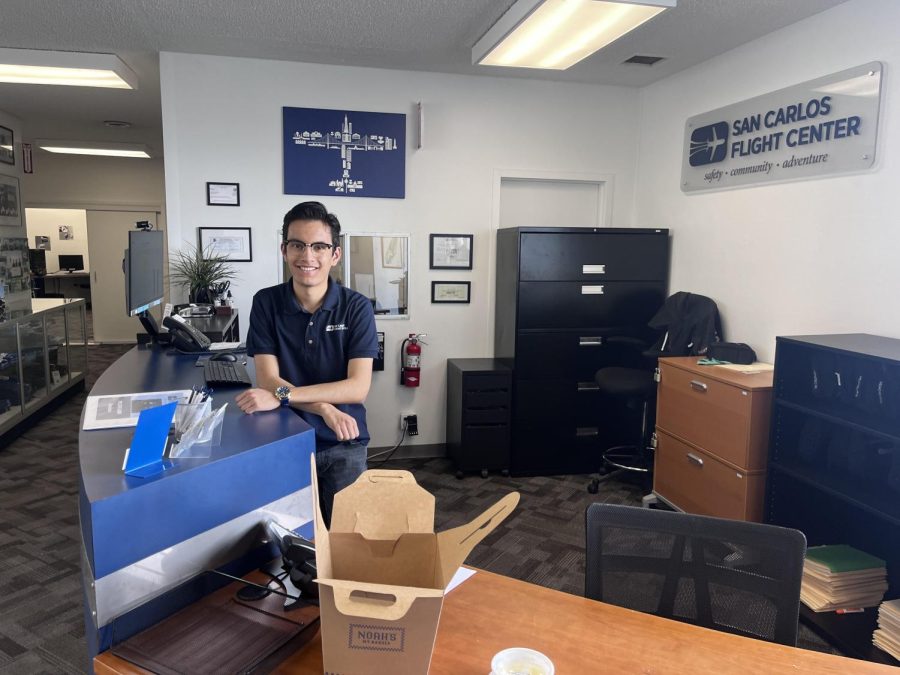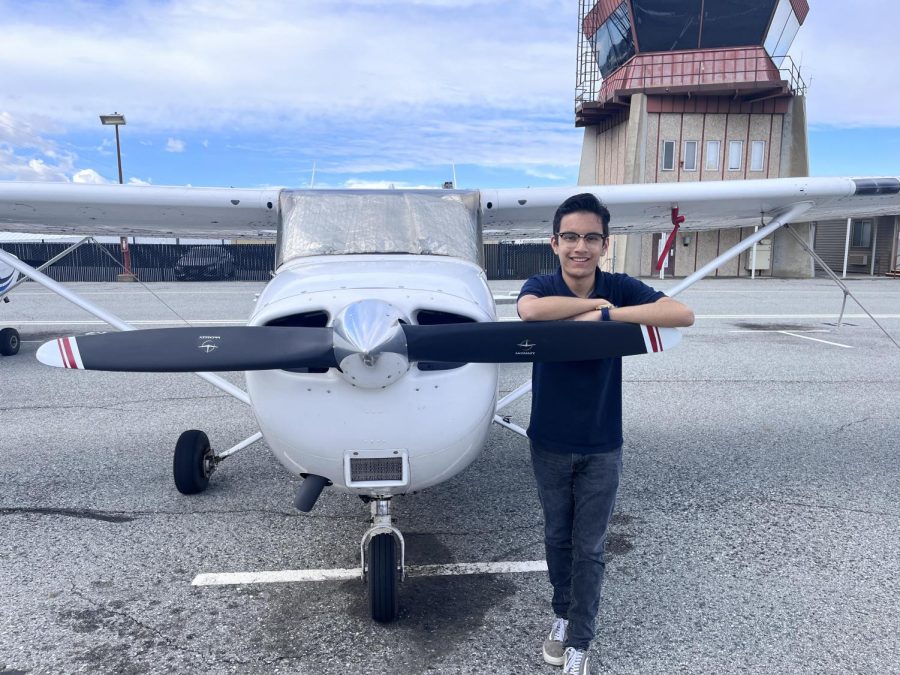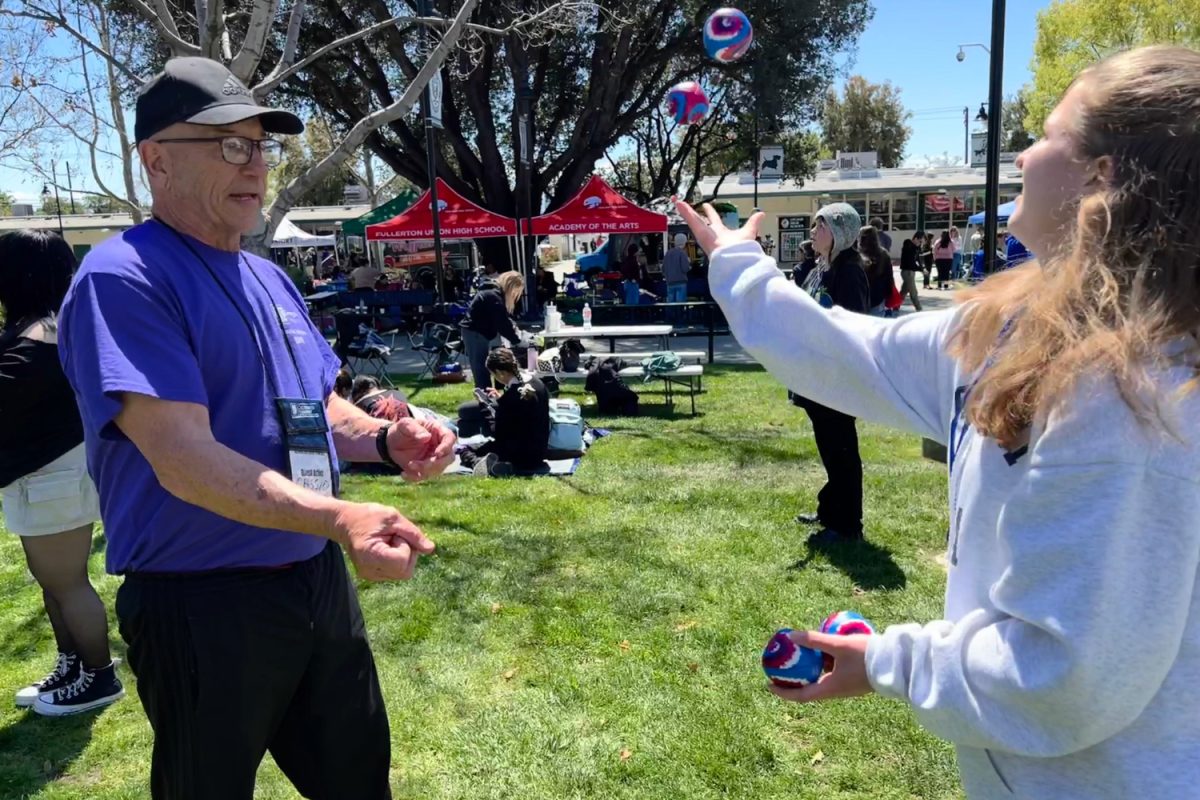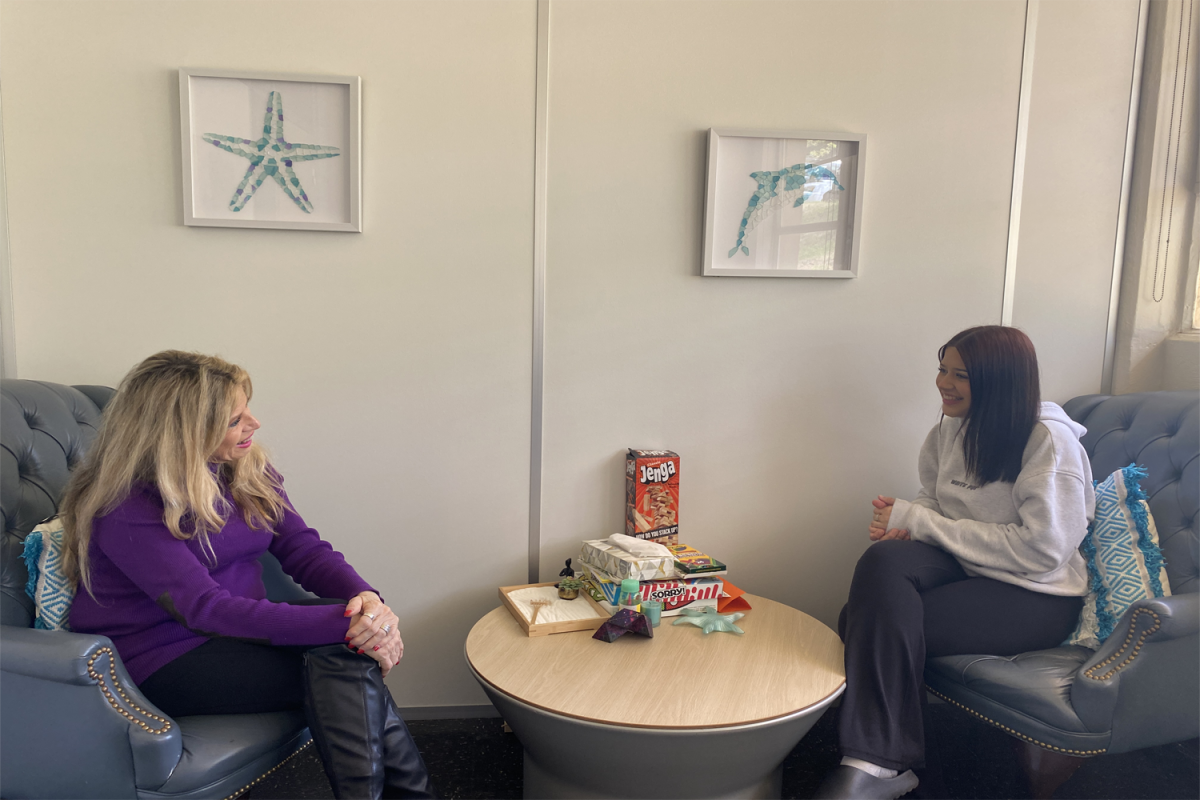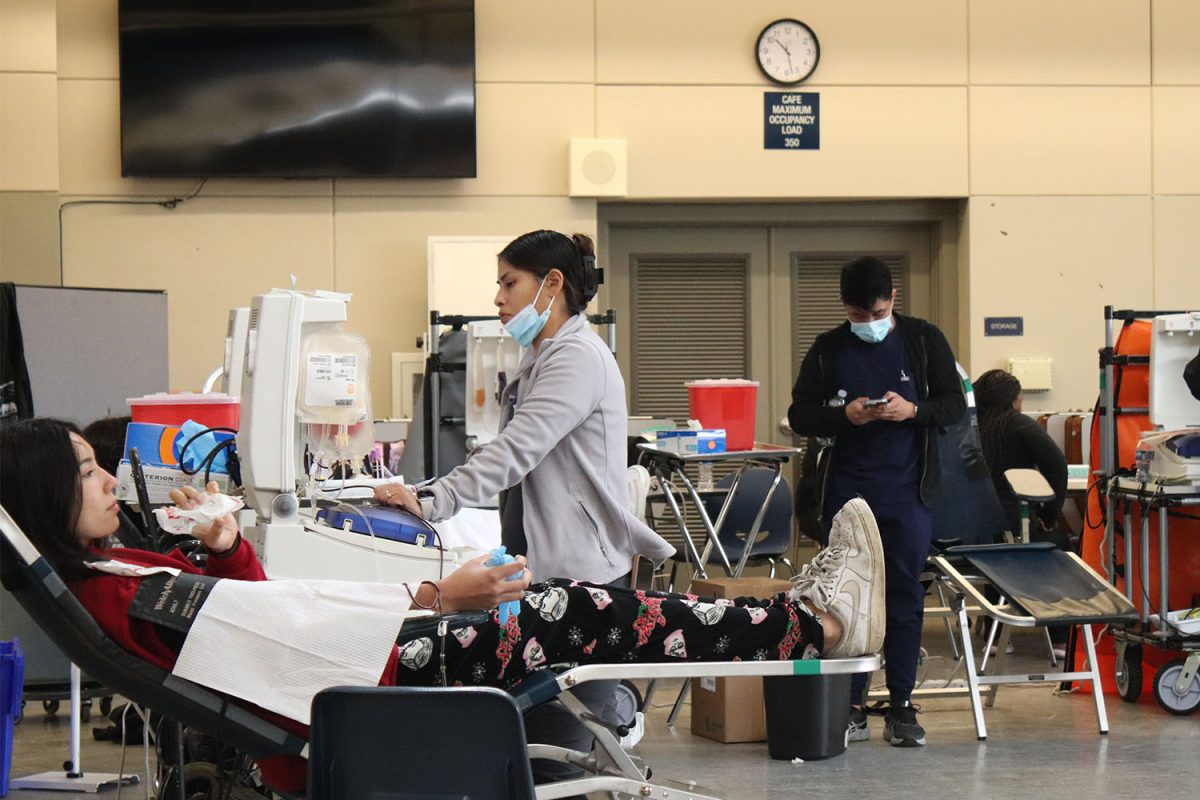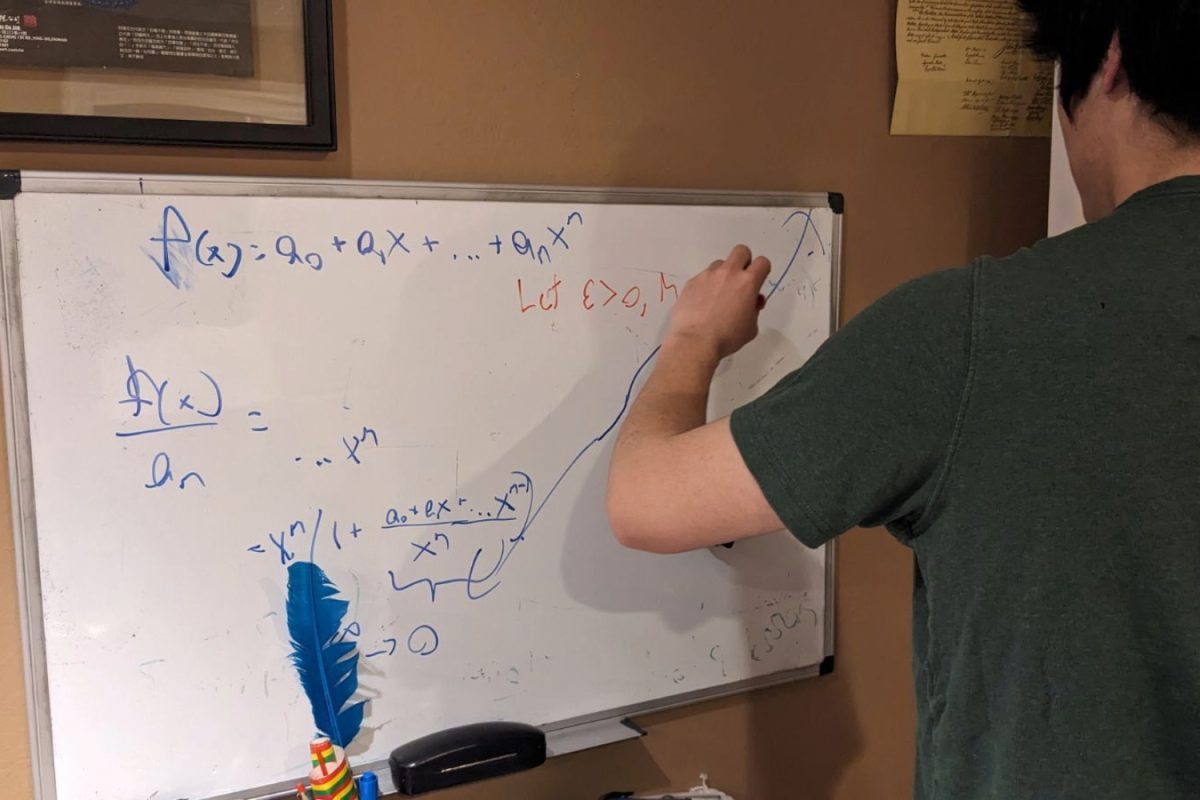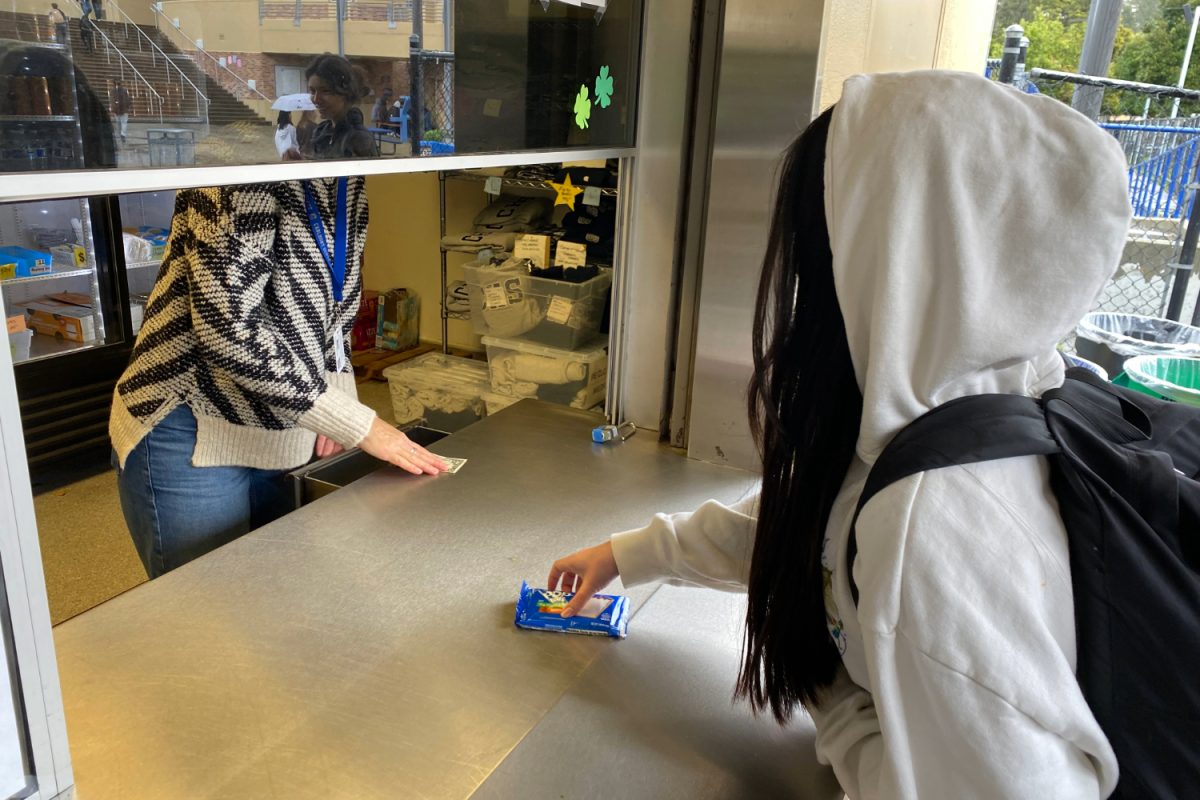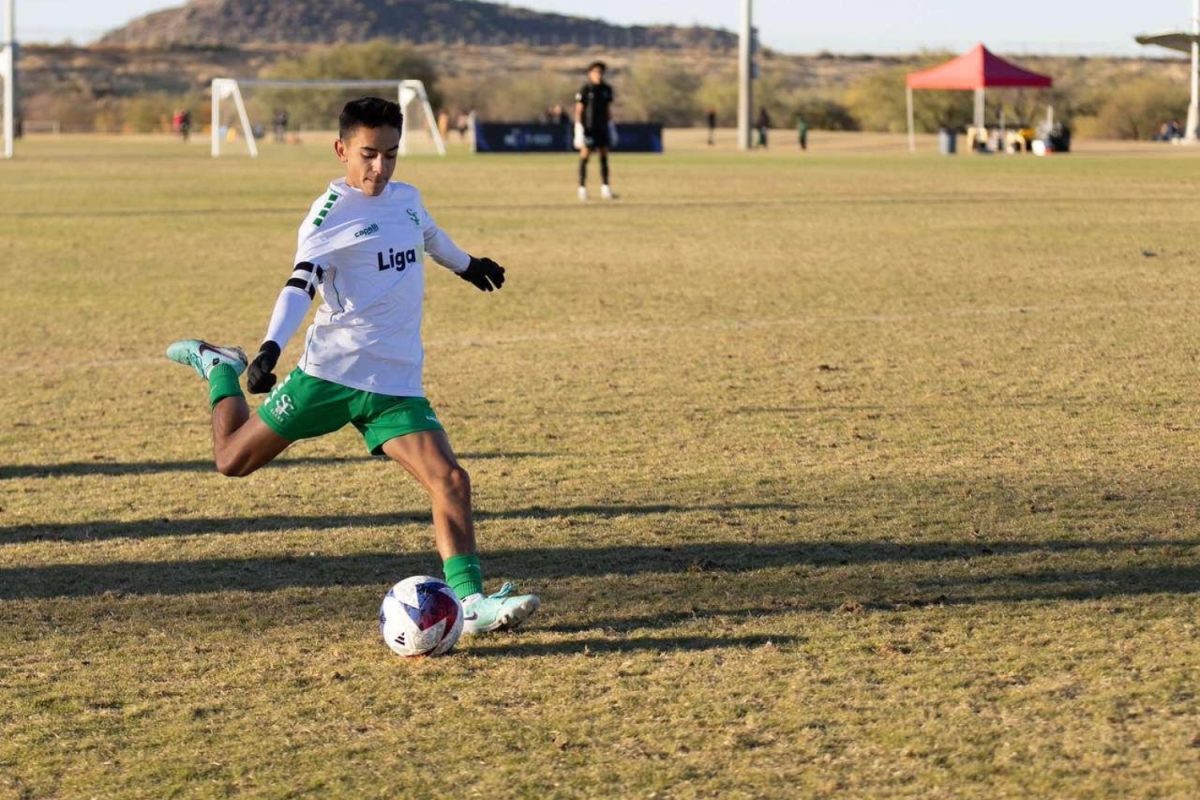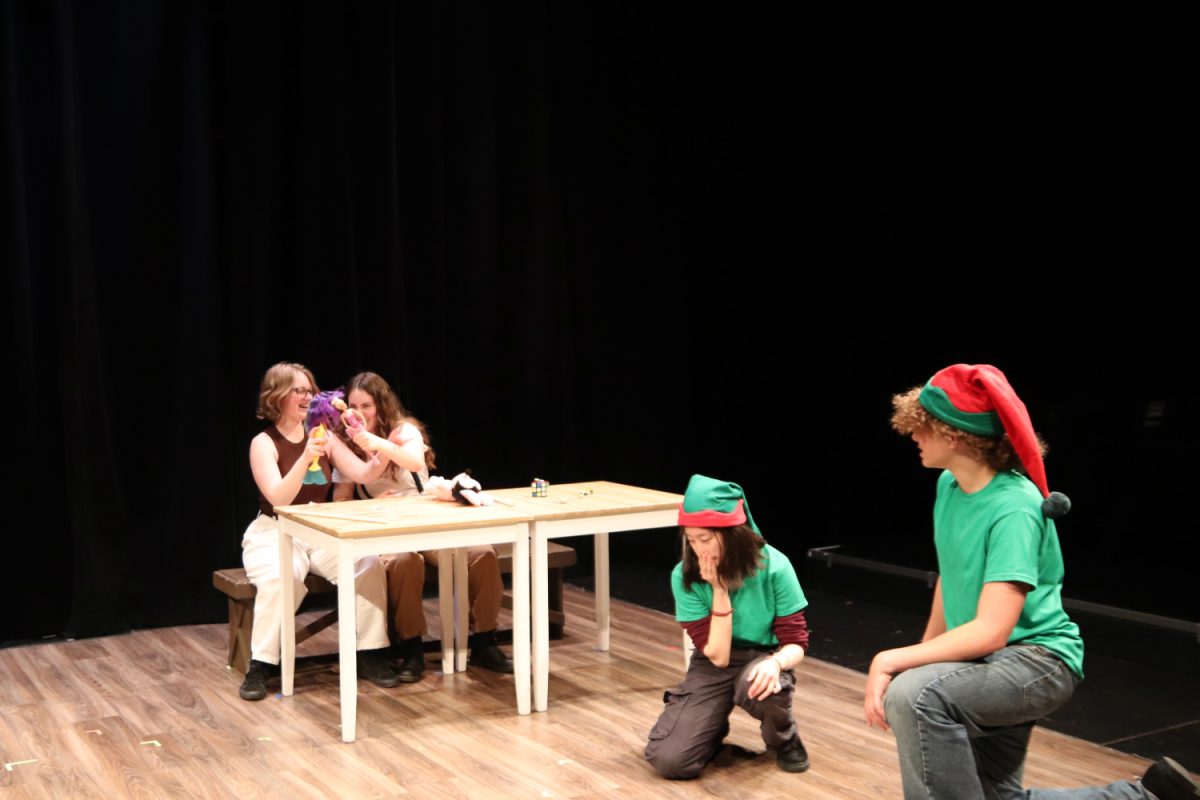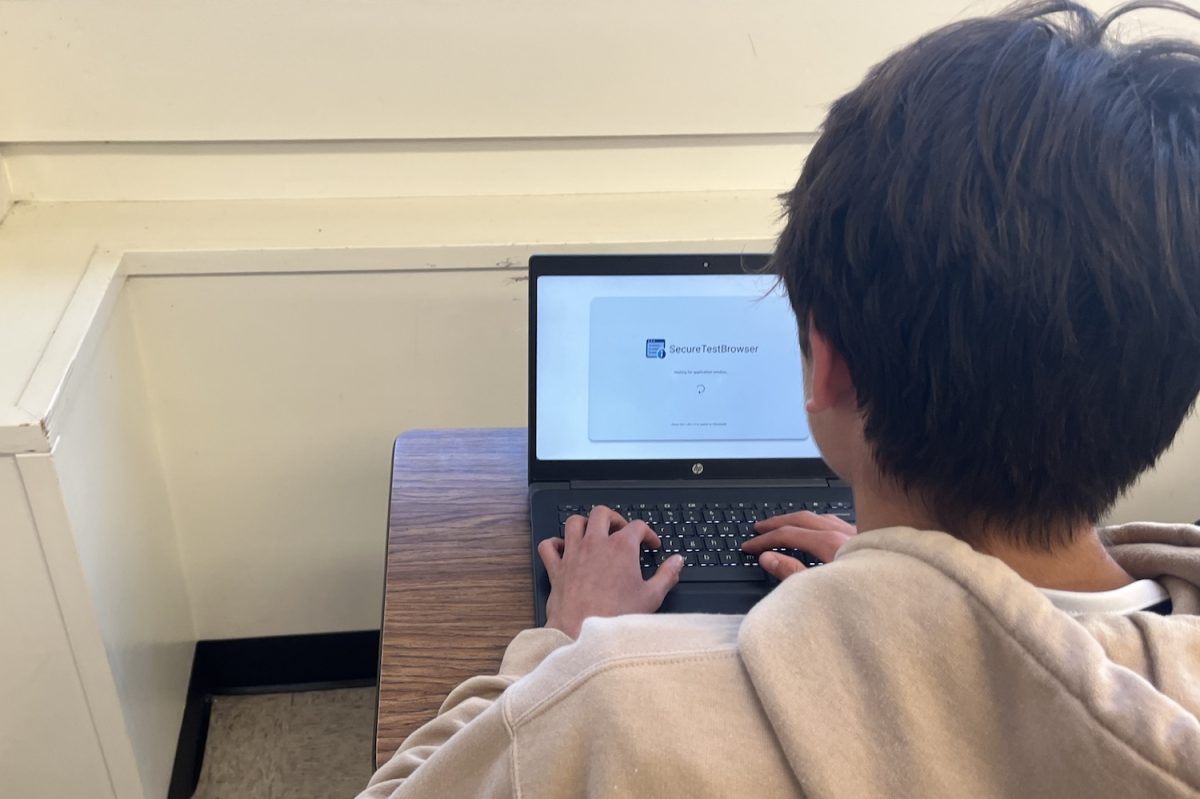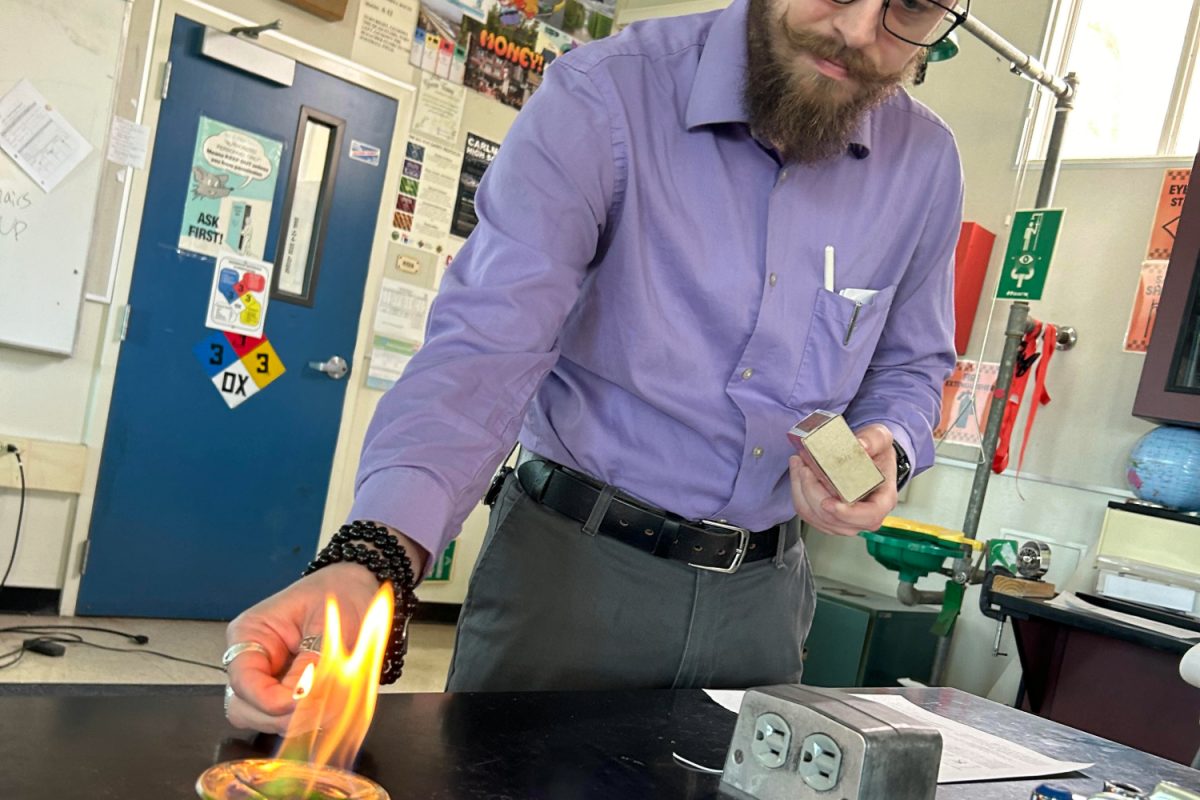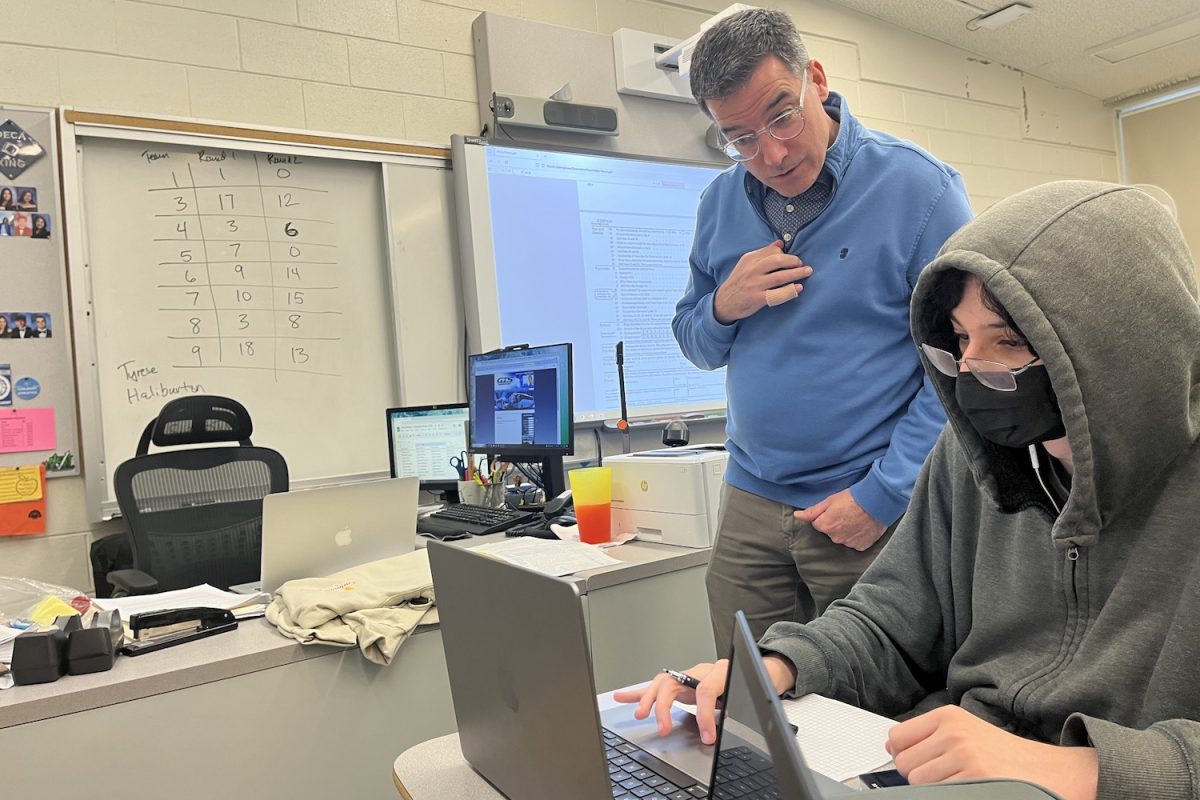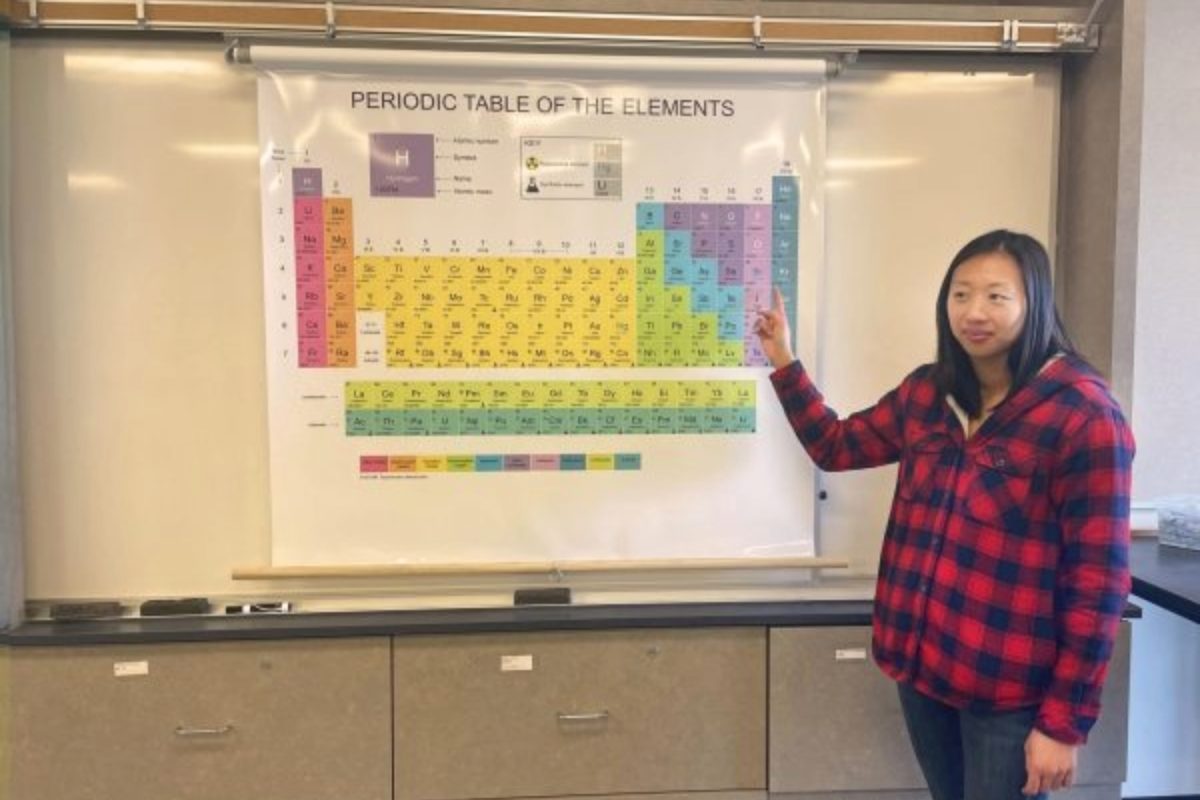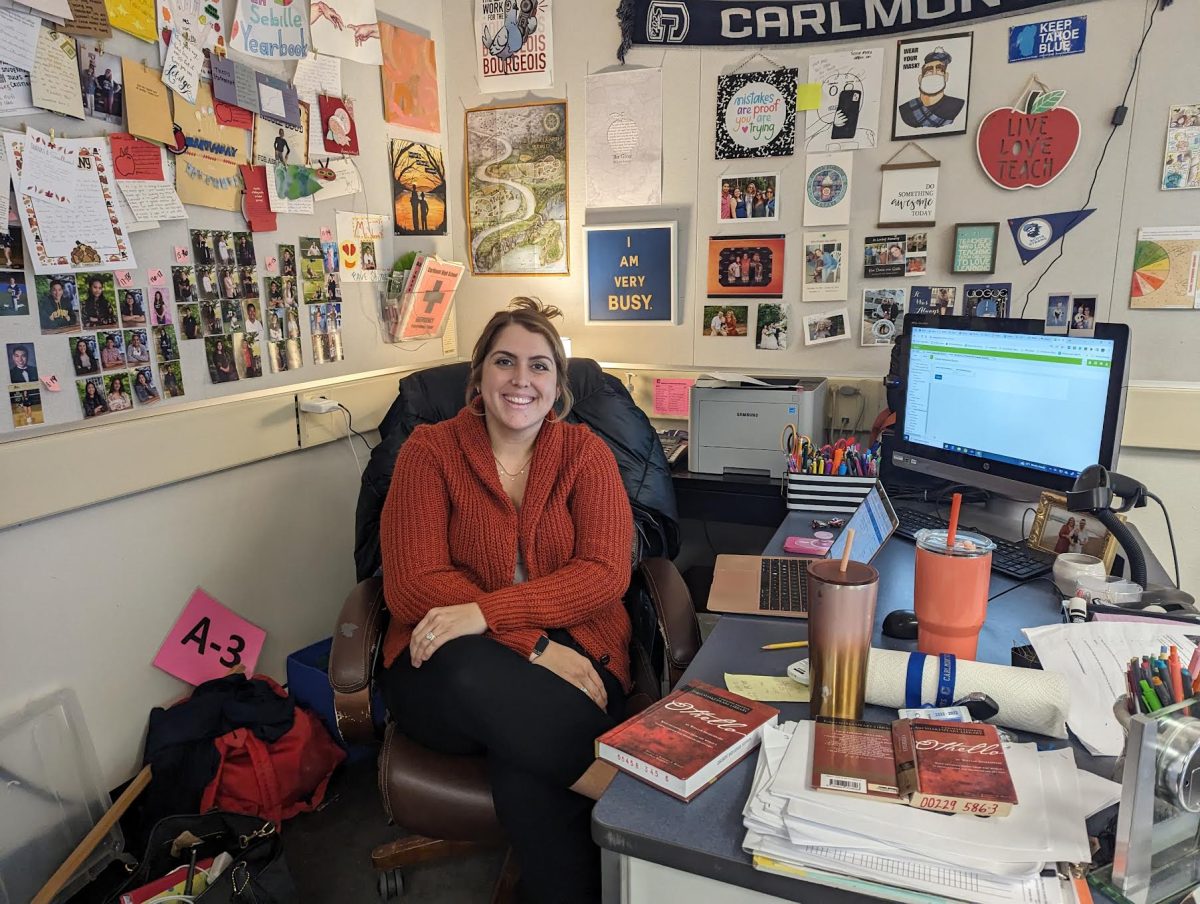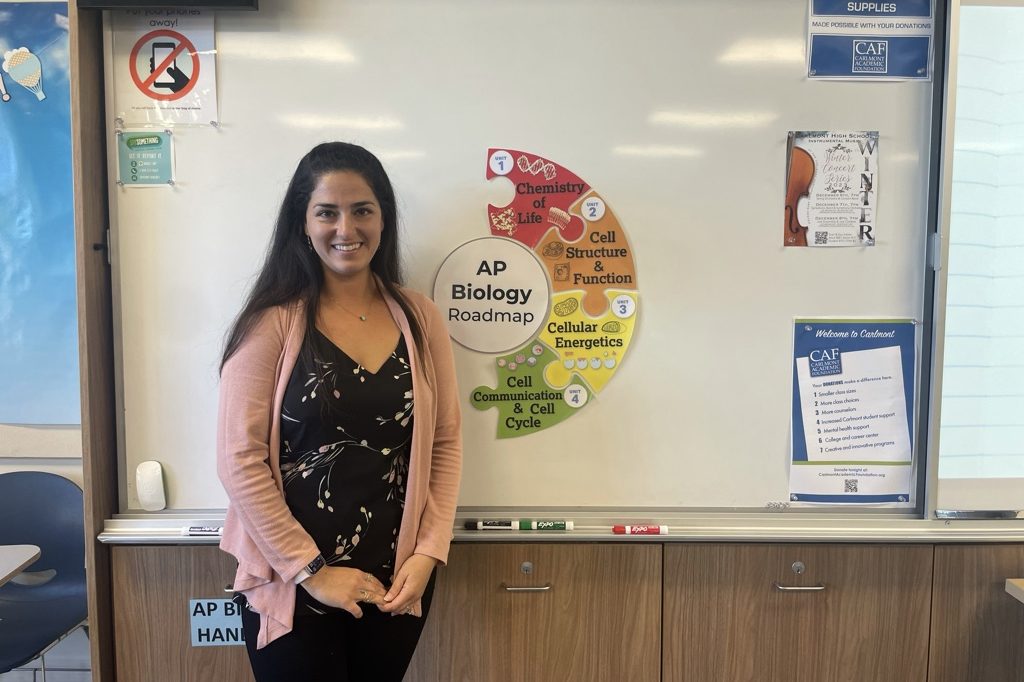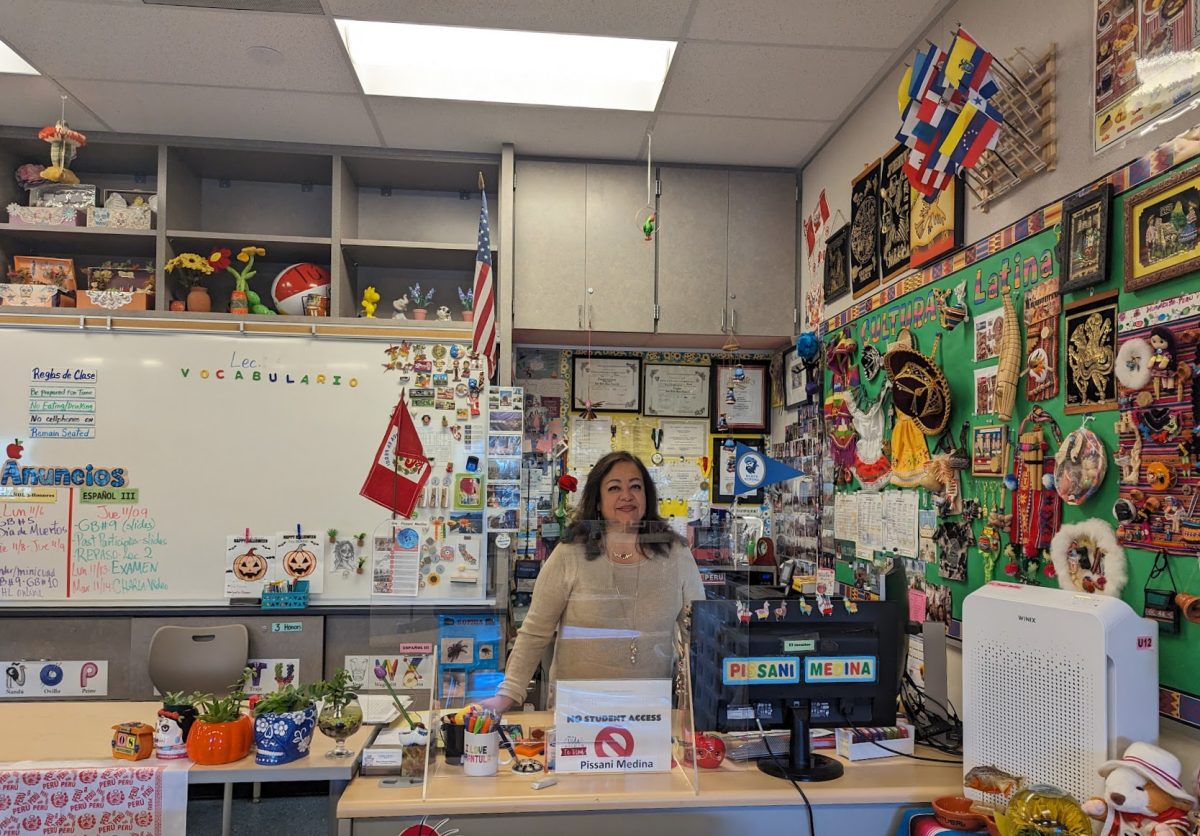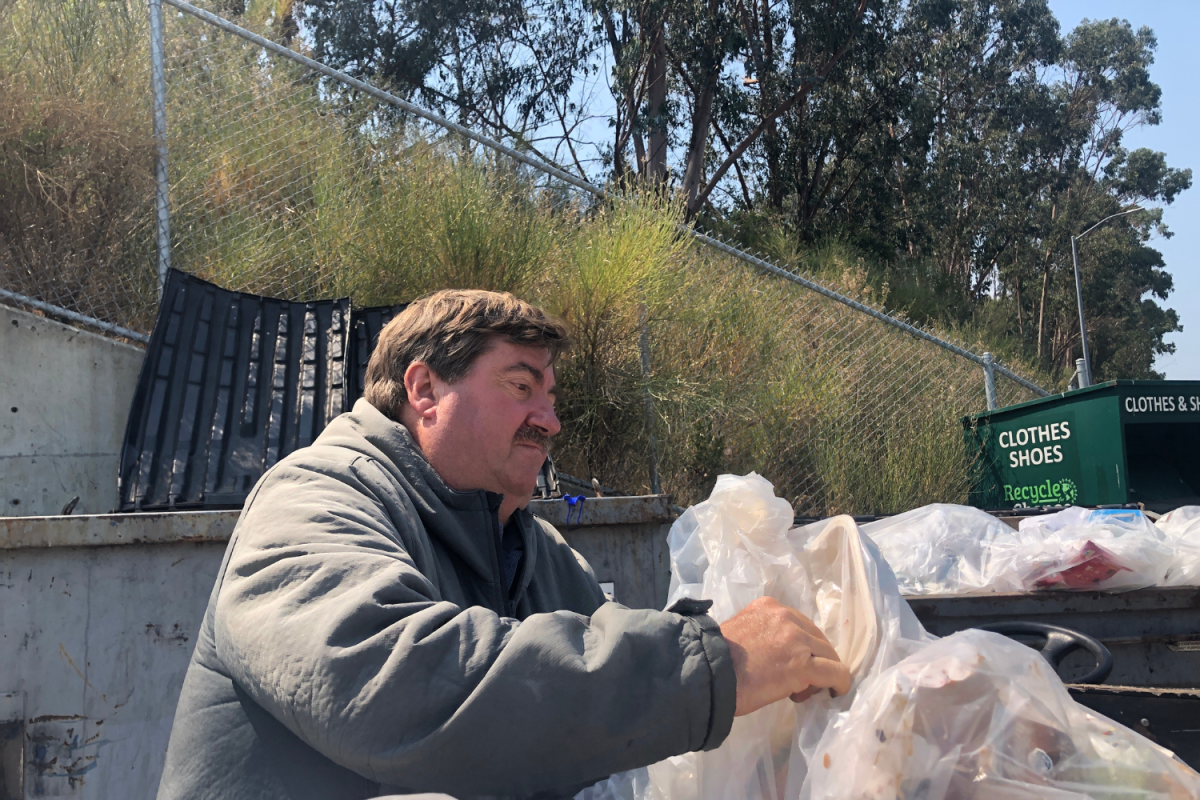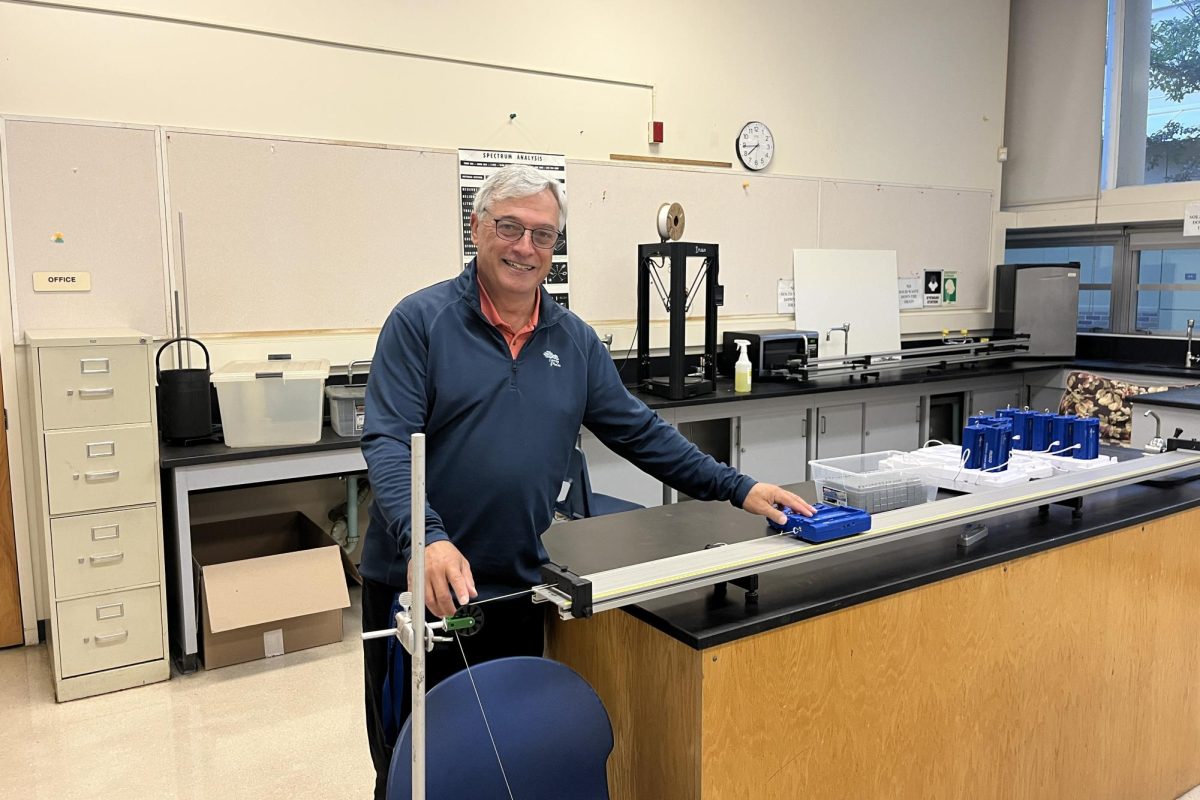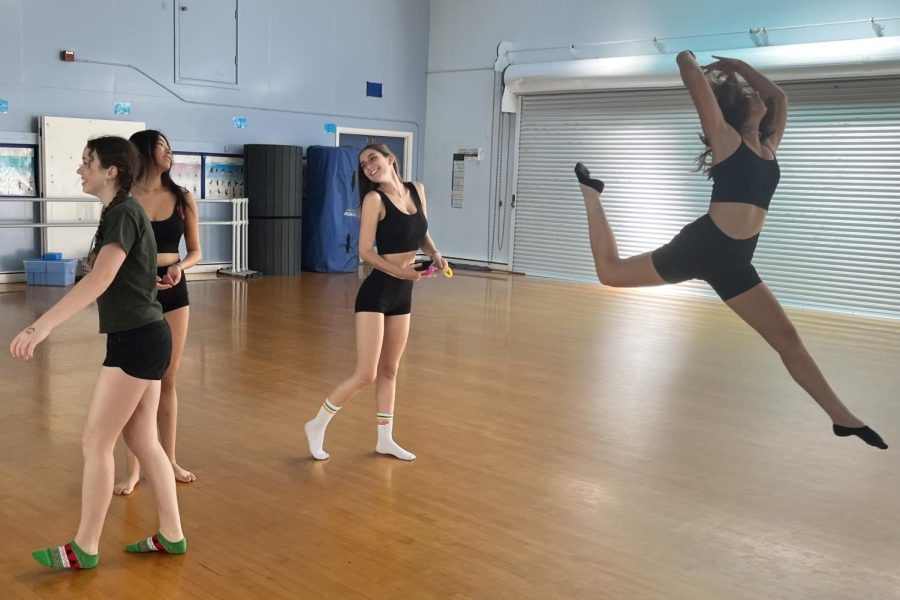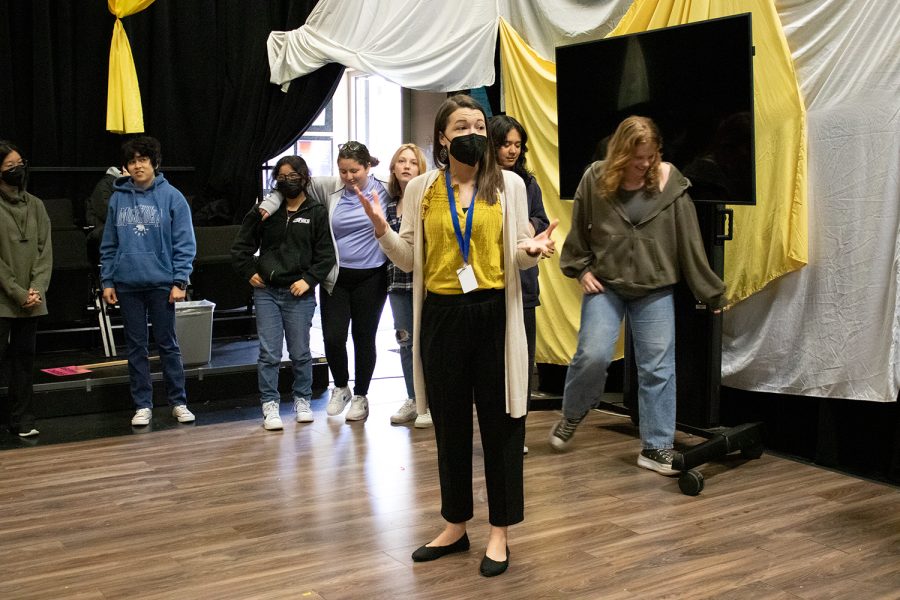The National Center for Education Statistics states that about 79.9% of high school seniors participate in extracurricular activities. Normally, students participate in sports, performing arts, or clubs. But Carlmont senior Alex Shetty prefers to fly.
After beginning his training, Shetty quickly learned the intricacies of flying. Mastering aviation proved difficult, but he ended his summer training with a private pilot’s license.
“The hardest part about training was studying all of the concepts that pilots need to be familiar with in order to take control of an aircraft successfully,” Shetty said. “In terms of the practical portion of the training, I found ground reference maneuvers, things like turns around a point, and S-turns to be the hardest part of flight training.”
Ground reference maneuvers help pilots improve flying in relation to the ground and prepare pilots for traffic patterns and other situations. Traffic patterns are used at airports to organize traffic and allow pilots to enter and exit the airport area.
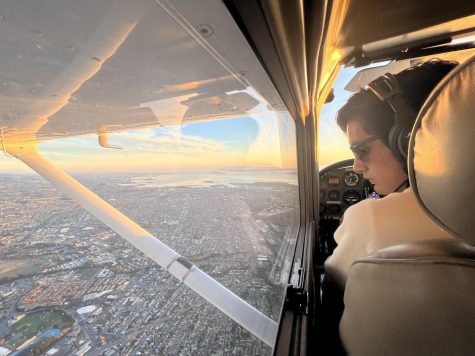
In February 2022, Shetty flew for the first time.
“My first flight was incredible. Being able to take control of an aircraft was one of the most exciting experiences of my life,” Shetty said.
He was hooked after his first flight, and he began flight training at the San Carlos Flight Center in the following months.
“I did all my flight training through a scholarship program called the Upwind scholarship, so I was able to focus on flying full-time,” Shetty said.
His scholarship from the Upwind Summer Scholarship Program allowed him to receive his license over the summer, free of charge. Without school to worry about, Shetty could focus his energy on flying. At the end of the summer, he received his private pilot’s license.
Brayden Snedigar earned the same scholarship in 2022 and spent his summer training with Alex.
“Upwind flight training was phenomenal. It was a fast-paced, two-month-long flight training program that took me from zero flight time to all that I needed to take the PPL practical test,” Snedigar said.
Shetty shared a similar sentiment about the flight training program.
“I was able to fly every weekday. It was an extremely structured training program that allowed me to get my private pilot certificate about three months after I started training,” Shetty said.
Shetty managed his workload outside of flight training; however, his flight study was mostly contained inside the ground school.
“As part of the program, I had to complete many different assignments in time for a group ground school at the end of each day. But there weren’t many times I needed to complete work outside the program,” Shetty said.
Shetty began flying to pursue his dream of working for the airlines.
“I have always wanted to be an airline pilot because I like the idea of being involved in people’s journeys, along with the travel opportunities that come from being an airline pilot,” Shetty said.
Some pilots choose to join and train through the military, but Shetty is ineligible.
“The military route is not an option for me because I wear contacts in order to achieve the necessary vision,” Shetty said.
Though Shetty is unable to fly in the military, to fly commercially, pilots need an airline transport pilot certificate (ATP). To be eligible for one, the Federal Aviation Administration (FAA) requires that pilots have multiple prior licenses and ratings.
In addition to the 1,500-hour rule, pilots need an instrument rating and can get type ratings. Shetty plans on completing his ratings in college.
“I am planning on attending a four-year university, either the University of North Dakota or Western Michigan University, where I plan to get a degree in aviation,” Shetty said. “What makes these schools unique is that they are part of 141 flight schools, meaning that I qualify for a restricted ATP upon graduation.”
Part 141 pilot schools are FAA-certified flight schools operating under a structured training program and flight syllabus. Students taking these courses can obtain a restricted ATP.
Until then, Shetty works the front desk at the San Carlos Flight Center.
“Working the front desk at the San Carlos flight center is great. I love meeting other pilots and the fact that I get to be around airplanes every day that I work,” Shetty said.
